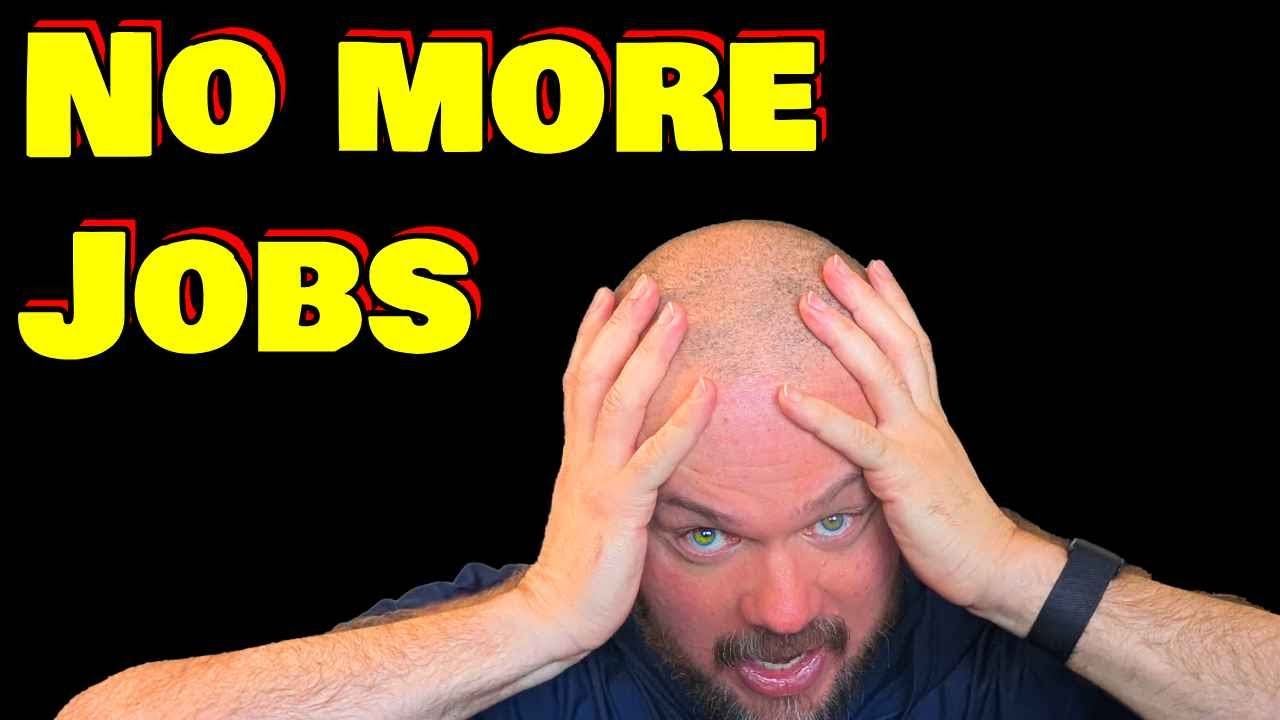The video highlights the significant threat AI poses to entry-level white-collar jobs, potentially eliminating half of these positions by 2030 and creating challenges for young workers entering the workforce. While AI-driven automation may boost specialized job growth, concerns remain about widespread unemployment, economic inequality, and whether new AI roles can sufficiently replace displaced traditional jobs.
The video discusses the growing concern that AI will significantly disrupt the job market, particularly targeting entry-level white-collar jobs. Prominent voices like Anthropic CEO Dario Amodei warn that AI could eliminate half of these jobs by 2030, a claim supported by data from the World Economic Forum and a Stanford study. While the overall job market is projected to grow by 7%, this growth is concentrated in highly specialized AI-related roles, leaving many traditional entry-level positions, such as clerks, bank tellers, and legal secretaries, in decline. This shift poses a serious challenge for young workers trying to enter the workforce, as these early career jobs are crucial for gaining experience and financial stability.
The video highlights examples of how AI is already reducing the need for large teams in industries like software development and game design. For instance, a game that once required a team of ten developers and 18 months to build was created by one person in just a few months using AI tools, drastically cutting costs and labor. Although AI has not yet fully replaced skilled engineers, its rapid improvement suggests that the trend of workforce reduction will continue. This technological progress raises questions about the sustainability of job creation in AI fields and whether the economy can absorb displaced workers into new roles.
Experts like Jeffrey Hinton and Dr. Roman Yampolski emphasize that AI-driven automation will likely increase unemployment and widen economic inequality, benefiting a small group of wealthy individuals while disadvantaging the majority. Governments and institutions are accused of downplaying these risks, even as data shows a sharp decline in employment among younger workers in AI-exposed jobs since late 2022. This trend is not limited to specific regions or sectors but appears to be a broad, robust pattern linked directly to AI adoption.
Despite the grim outlook for entry-level jobs, there is some optimism around initiatives like OpenAI’s plans to offer free AI training and job placement services to help workers adapt. The demand for AI skills is surging, and those proficient in AI-related fields are likely to find ample opportunities. However, the video questions whether the number of new AI jobs will be sufficient to offset the widespread displacement of traditional roles, especially for those just starting their careers. The concern is that without effective solutions, the loss of entry-level jobs could have long-term negative effects on economic growth and social mobility.
In conclusion, the video presents a nuanced view of AI’s impact on employment, acknowledging both the potential for job growth in specialized sectors and the significant threat to entry-level positions. It calls for greater awareness and proactive measures to address the challenges posed by AI-driven automation. The creator invites viewers to share their thoughts on this complex issue, emphasizing the importance of understanding and preparing for the evolving job landscape shaped by artificial intelligence.
